In the News
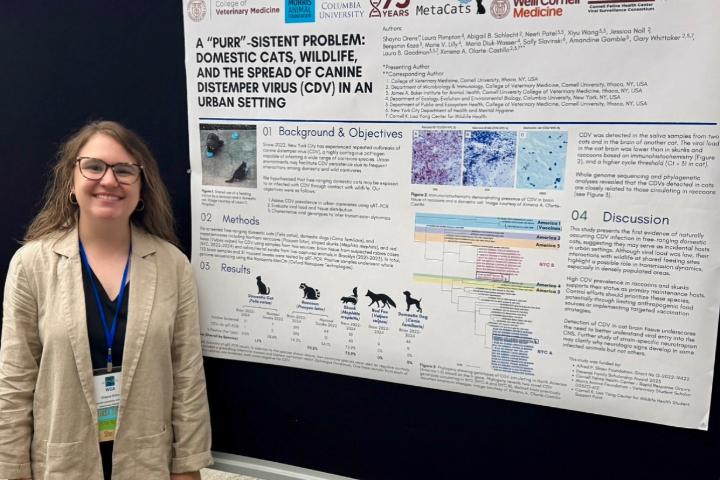
November 06, 2025
As a veterinary student passionate about wildlife health, One Health, and infectious disease ecology, this experience was a turning point....
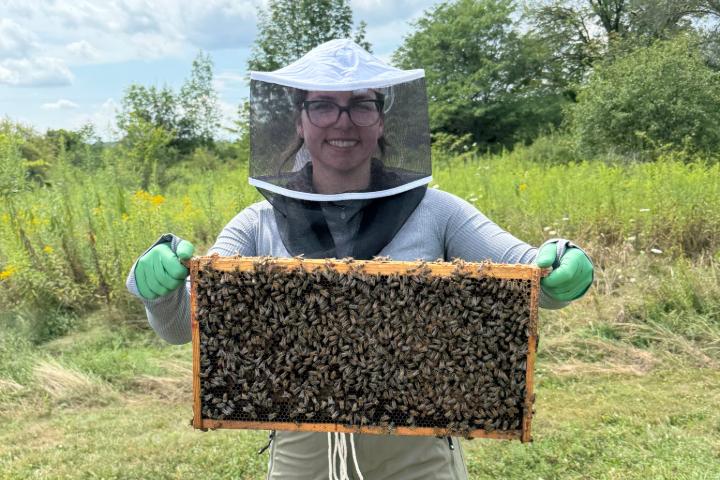
November 04, 2025
The Cornell K. Lisa Yang Center for Wildlife Health has launched a new residency in wildlife population health, building on the Cornell University College of Veterinary Medicine's leadership in preparing veterinarians to meet the urgent and evolving challenges facing our planet’s wild species.
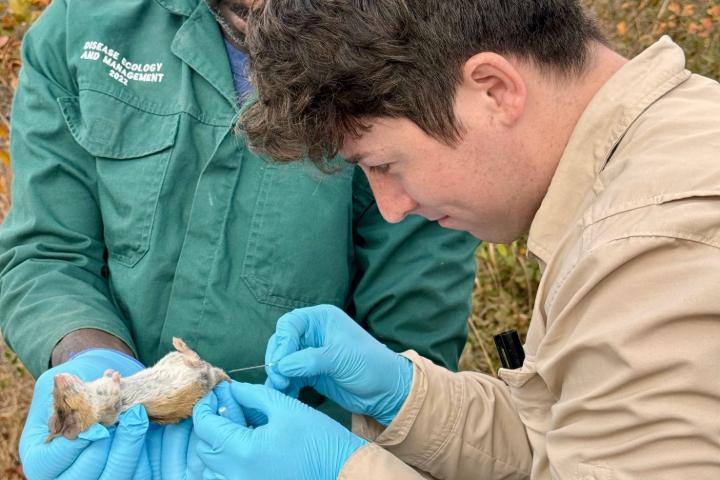
October 15, 2025
I had the opportunity to spend two months in the middle of Kruger National Park (KNP) in collaboration with the Organization for Tropical Studies (OTS)...
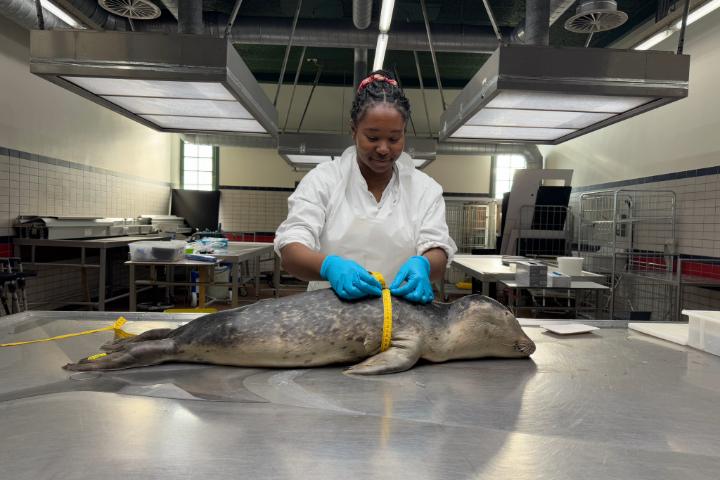
September 16, 2025
by
Victoria Priester
Every seal or porpoise that strands tells a story of the life it lived and how it died, though some findings from necropsies make more complete stories than others....
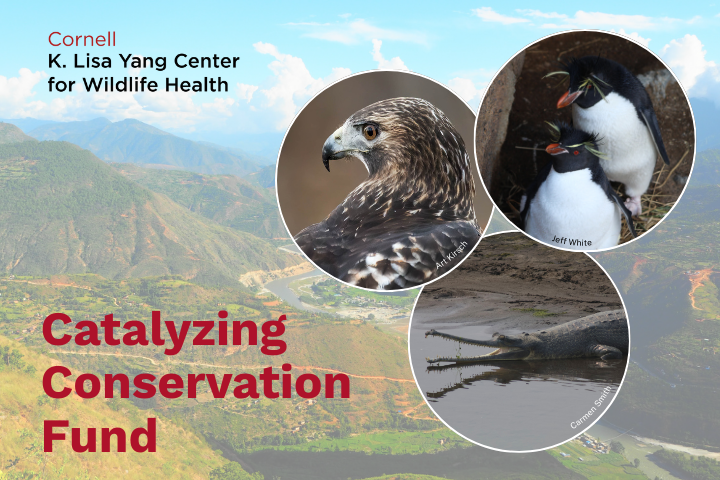
September 15, 2025
Why are eastern rockhopper penguin populations plummeting in New Zealand? What’s a reliable, rapid test for detecting rodenticide poisoning in live birds of prey? How can we use technology to help diagnose wildlife diseases in Nepal while training local scientists?
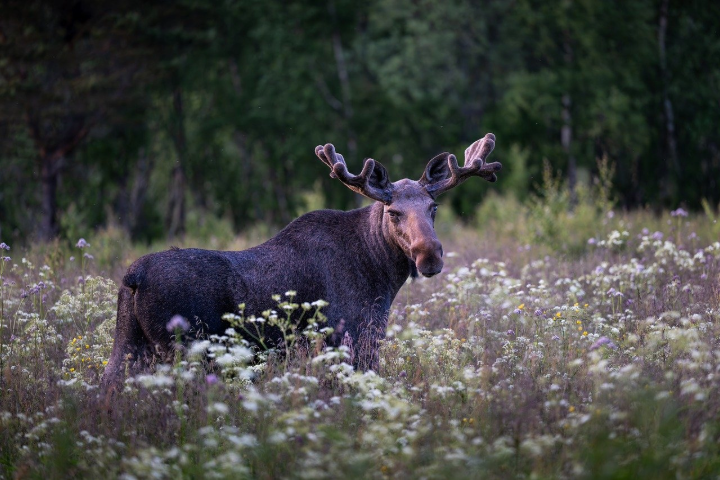
August 08, 2025
Wildlife researchers have found that the transmission of deer parasites is hindering the growth of New York's moose population.
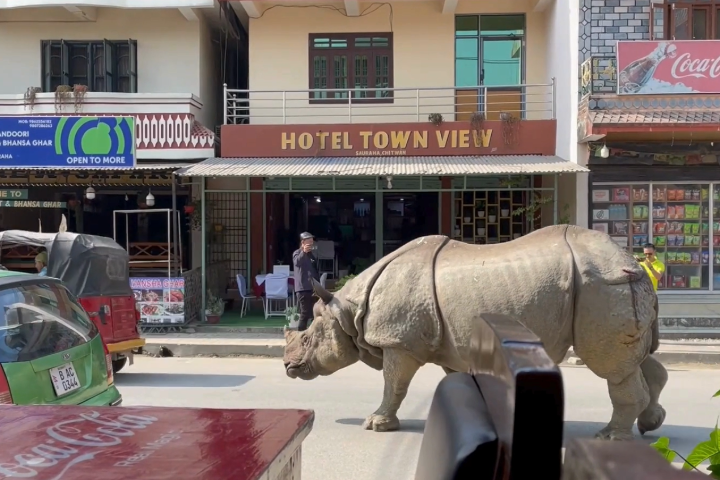
Video
July 24, 2025
A greater one-horned rhino strolls down the street in Nepal, just outside Chitwan National Park.
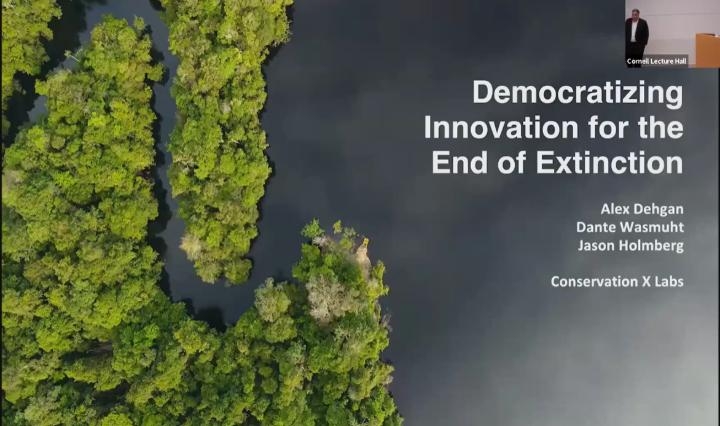
Video
July 15, 2025
The Cornell College of Veterinary Medicine hosted its second annual Symposium on Artificial Intelligence in Veterinary Medicine with a keynote by Dr. Alex Dehgan of Conservation X Labs, highlighting how AI can drive accessible, global conservation solutions.
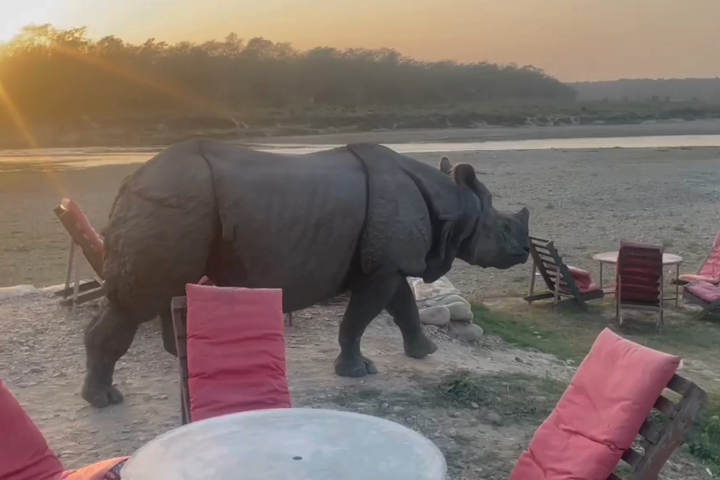
Video
July 09, 2025
While in Chitwan, Nepal, Drs. Carmen Smith and Martin Gilbert captured footage of a free-roaming greater one-horned rhino passing through the bar.
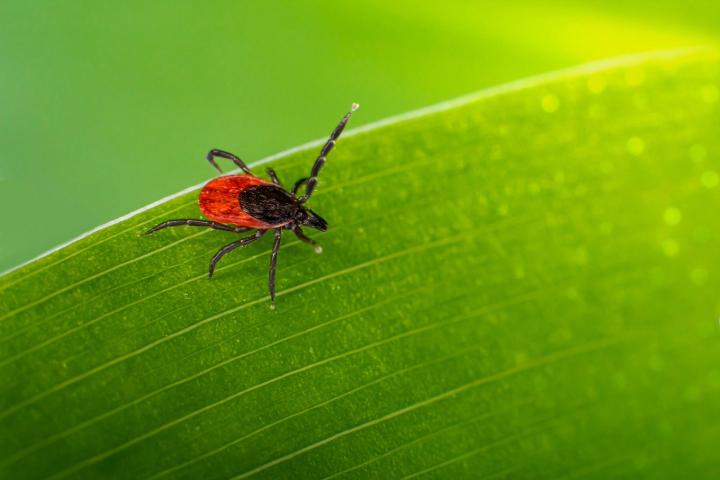
June 30, 2025
Warmer winters and shifting climates are helping ticks thrive in new places. From Lyme disease to meat allergies, learn how these tiny invaders are changing the map and what you can do to protect yourself.
